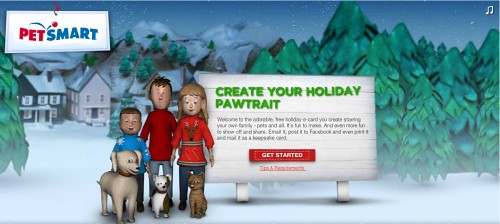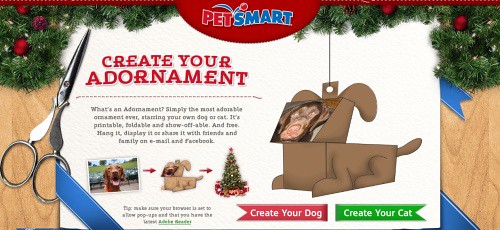Understanding Labrador Retrievers - Why a Lab May Not Be For You
You have to think of it this way; these dogs must be in perfect harmony with their hunter/owner in order to follow specific directions to track and find birds that have fallen to the ground. This need for the dog to have hand-held direction links to all aspects of a Labrador's life--even in your home.
This is great for those who want constant canine companionship. Nevertheless, it is bad for dog owners who have a Labrador Retriever but expect their pet to entertain itself with little contact from the owner.
There are many hunting dogs that were bred to be independent hunters with little contact and instruction from people. Examples of these types of dogs are Terriers and Hounds, which are known to lead the way (by smell and sight) with the human hunter determined to keep up with their companion's pace.
This is not how the Labrador is built. Labs are designed to retrieve, and in doing so they must have a connected attention link directly to the hunter. If a retriever ignores the hunter's commands then they may hit the water and swim far past where the bird has fallen, and possibly keep swimming out and away.
Retrievers that are well trained do not make these types of errors because they have the natural ability to attend to and follow thorough directions from the hunter. This skill is very critical to being a trustworthy retriever and is one of the reasons that these dogs make great service animals and obedience trainees.
Reason Why Some Labs Do Not Do Well With Many Families
You can probably understand by now just how connected and dependent a Labrador Retriever becomes to its owners. Retrievers always looks to people for leadership and must have human contact.
It's important to know that every dog breed is sociable to some extent. Some are even more sociable than others, but Labs need a whole log more attention than most dogs. They do not do very well when left alone for prolonged periods of time. A busy family who is away all day and come home to find out that their Lab has destroyed their new window trying to escape does not understand why this is happening.
These people are understandably livid and then chastise their Labs. An educated Lab owner will not act this way because they know better. They know what causes a Lab to try to escape like this and just wants to search out and find its owners. The dog is only considering their "pack" missing and make an attempt to find them outside.
One big lesson to take away from this article, especially if you have not yet decided on what type of dog to own and are thinking about getting a Labrador Retriever, is to make sure that you have plenty of time to devote to your Lab, day and night. If not, then consider a more independent dog breed. Otherwise, your lovable Lab may soon become increasingly unhappy and will end up a very destructive house pet, or worse, a runaway.
Article by Kelly Marshall from Oh My Dog Supplies - where you can find designer dog bowls to match any decor.
Technorati Tags: All About Labradors Labrador Retriever Labradors Dogs Pets













